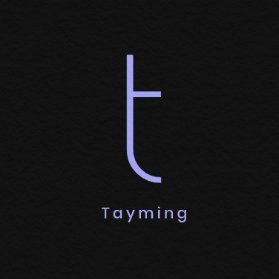How Whatsapp Works?
WhatsApp is a popular messaging application that allows users to send text messages, make voice and video calls, and share multimedia content. With over 2 billion users worldwide, it has become an essential tool for communication. But have you ever wondered how WhatsApp actually works?
How WhatsApp Works?
WhatsApp also uses various technologies to ensure the smooth running of the application. One of these technologies is the use of push notifications. When you receive a message on WhatsApp, you are instantly notified through a push notification on your device. This allows you to stay connected and respond to messages in a timely manner.
WhatsApp operates using a client-server model, where the client is the application installed on your device, and the server is the infrastructure maintained by WhatsApp. When you send a message on WhatsApp, it goes through a series of steps before reaching the recipient.
- User A composes a message on their WhatsApp application and hits the send button.
- The message is encrypted using end-to-end encryption, ensuring that only the sender and recipient can read the message.
- The encrypted message is sent from User A's device to the WhatsApp server.
- The WhatsApp server receives the message and checks if the recipient is online.
- If the recipient is online, the message is immediately delivered to their device.
- If the recipient is offline, the message is stored on the server until they come online.
- Once the recipient comes online, the message is delivered to their device.
- The recipient's device decrypts the message, and they can read it.
WhatsApp also uses various technologies to ensure the smooth running of the application. One of these technologies is the use of push notifications. When you receive a message on WhatsApp, you are instantly notified through a push notification on your device. This allows you to stay connected and respond to messages in a timely manner.
Another important aspect of how WhatsApp works is its synchronization feature. WhatsApp syncs your messages across multiple devices, allowing you to access your conversations from your smartphone, tablet, or computer. This synchronization is made possible through the cloud, where your messages are securely stored and accessible from any device.
WhatsApp works by utilizing a client-server model, end-to-end encryption, push notifications, and synchronization. These technologies work together to ensure secure and seamless communication between users. So the next time you send a message on WhatsApp, you'll have a better understanding of the behind-the-scenes processes that make it possible.
